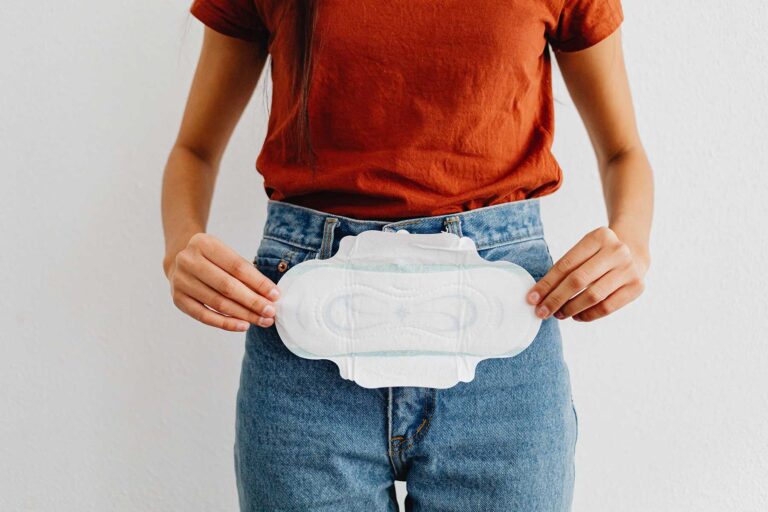Kegels. Don’t. Work.
That may be a surprising proclamation to hear from a pelvic floor physical therapist.
Usually, when people find out what I do, they say, “Oh! So it’s just like….Kegels?” I’ll tell you here and now that pelvic floor health is about so much more than Kegels alone. We’ll talk more about what pelvic floor physical therapy is really like later, but, for now, let’s focus on the K word—Kegels (and why they don’t work).
See Also

Postpartum Power
Kegels: What are they and what do they do (or don’t) do?
First thing’s first: a Kegel is a muscular contraction of your pelvic floor muscles. When you do a Kegel, the muscles contract inwards and upwards, towards your head. The whole purpose of this exercise is to support pelvic organs and maintain continence (keeping your poop, pee, and gas where they should be).
So, why is it that so many Mamas, Women, and Birthing Persons tell me, “I do Kegels all the time but I still leak and feel like my insides are falling out.” Or worse, “I have pain while engaging in sex or using tampons. My doc said to do Kegels, but they didn’t help my pain, in fact, my pain is worse.”
There are 3 main reasons why Kegels don’t work. Here they are, in no particular order
1) Kegels are hard to do.
There are studies showing that women who are simply verbally instructed to, “Do a Kegel,” can’t perform them correctly. I see this all the time in the clinic. It’s tough to activate these muscles correctly, mostly because we can’t see them, but also because no one has taught us how.
And if that isn’t enough, it’s even harder to do a Kegel correctly after having a baby—I don’t have to tell you that those muscles have been through a lot after 9 months of carrying and, especially, the birth itself. Your pelvic floor muscles cannot be expected to just “know” how to start working properly again, we have to train them.
2) Kegels are more involved than one might think.
A proper Kegel involves a symphony of muscles turning on and off at the proper times, along with coordination of the breath. The pelvic floor consists of layers of muscles, and each layer works together to create a synchronized contraction. The biggest layer, also called the Levator Ani, is made up of 3 muscles: Pubococcygeus, Illiococcygeus, and Puborectalis. These are most important to help keep us continent and supported.
So it’s a little more complicated than just, “Squeeze with your vagina.” Due to poor knowledge, people will often attempt to merely squeeze vaginal muscles without understanding why, when, or how to do them.
3) Kegels need to be trained.
In the same way that any other muscle in our body improves in strength, our pelvic floor muscles require changes in resistance and load. If you go to the gym regularly, you understand that you cannot grow muscle in your legs by doing the same exercise with the same weight every time.
One day you’ll lift a certain amount and the next time you should be lifting more. We have to grow and stretch our pelvic floor muscles in the same way—with increasing resistance and weight. Want to learn more about Kegel training? Click here.
In order to see a change in size and strength of muscles, we have to vary the load and positions, bringing the muscle to fatigue. It’s the same whether you’re working your legs or your pubococcygeus (one of the main muscles in the pelvic floor). If you aren’t seeing results, it’s likely because you aren’t allowing for variations in the resistance, position, and load that you use when practicing Kegels.
So what do we do about it?
We train the pelvic floor like we train other muscles. We rehabilitate the pelvic floor and abdominal wall like we rehabilitate other body parts after injury, trauma, or surgery.
We—The Down There Doc—provide what people need to get better, like a pelvic floor Physical Therapist, a plan, realistic goals, personalized assessment of programs, sport-specific and/or life-specific training, etc. Most importantly, we treat Mothers and Women with understanding, patience, and a genuine desire to help them heal.
Moving Forward
Remember, Kegels are not a cure-all.
Rather than getting frustrated that you aren’t seeing results in your pelvic floor with the traditional “Kegel” regime, check out our online program, Down There Done Right for a step-by-step pelvic floor and core program…that actually works.








